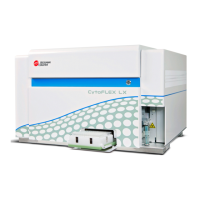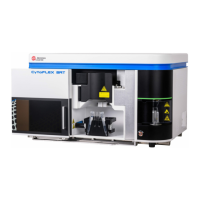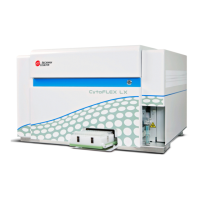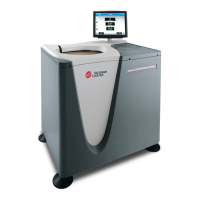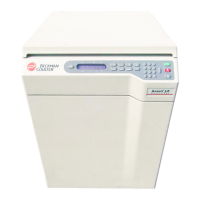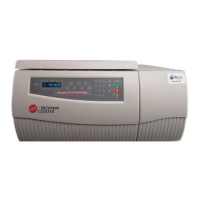PN 177196BB
4-17
QUALITY ASSURANCE
SETTING UP XB/XM
4
4.7 SETTING UP XB/XM
A Objectives
When you have completed this topic, you will be able to:
B Explain the purpose of XM analysis.
B Explain why the use of RBC indices is so effective in the XM analysis.
B Locate the procedures for Setting up the XB/XM Quality Assurance option.
B References
In the Online Help System or the Instructions for Use manual, refer to:
r
XB/XM Options (Enabling/Disabling), under Appendix A.5.
r
Setting XB/XM Limits, under Appendix A.5.
Bull BS, and Elashodd RM, et al. A study of various estimators for the derivation of quality
control procedures from patient erythrocyte indices. AM J Clin Path, 1974; 61(4): 473-481.
C Special Instructions
The instrument must be powered up.
D Topic Notes and Tasks
Defining the XB/XM Quality Assurance Method
1. XM analysis is a quality assurance method that allows a laboratory to use their patient’s
results to continuously monitor the performance of their automated hematology system
and thus control the quality of their reported results by monitoring their patient results
2. Since this quality assurance tool is based on patient results, The more patient samples
processed per day, the more frequent the system monitoring.
a. Proper monitoring is best accomplished if the laboratory runs more than 100
patient samples per day.
b. Running less than 100 patient samples per day means the system is not checked
frequently enough for XB/XM to be considered a viable form of quality assurance.
c. If your laboratory processes less than 100 samples per day but you still like to
consider using this form of control, checking with your regulatory agencies may
help you make a final decision.
3. Any method used for quality control must use a material that meets two requirements:
a. The material must be stable.
b. The material must be similar in content to the patient samples that will be analyzed.
c. XM analysis meets these requirements:
1) Uses the patient samples as the material so the similarity requirement is met.
2) Uses the RBC indices (MCV, MCH, MCHC) so the stability requirement is met.
4. No additional cost to the laboratory because this method uses patient samples.
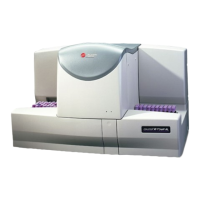
